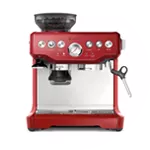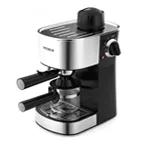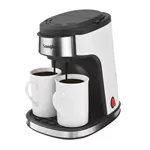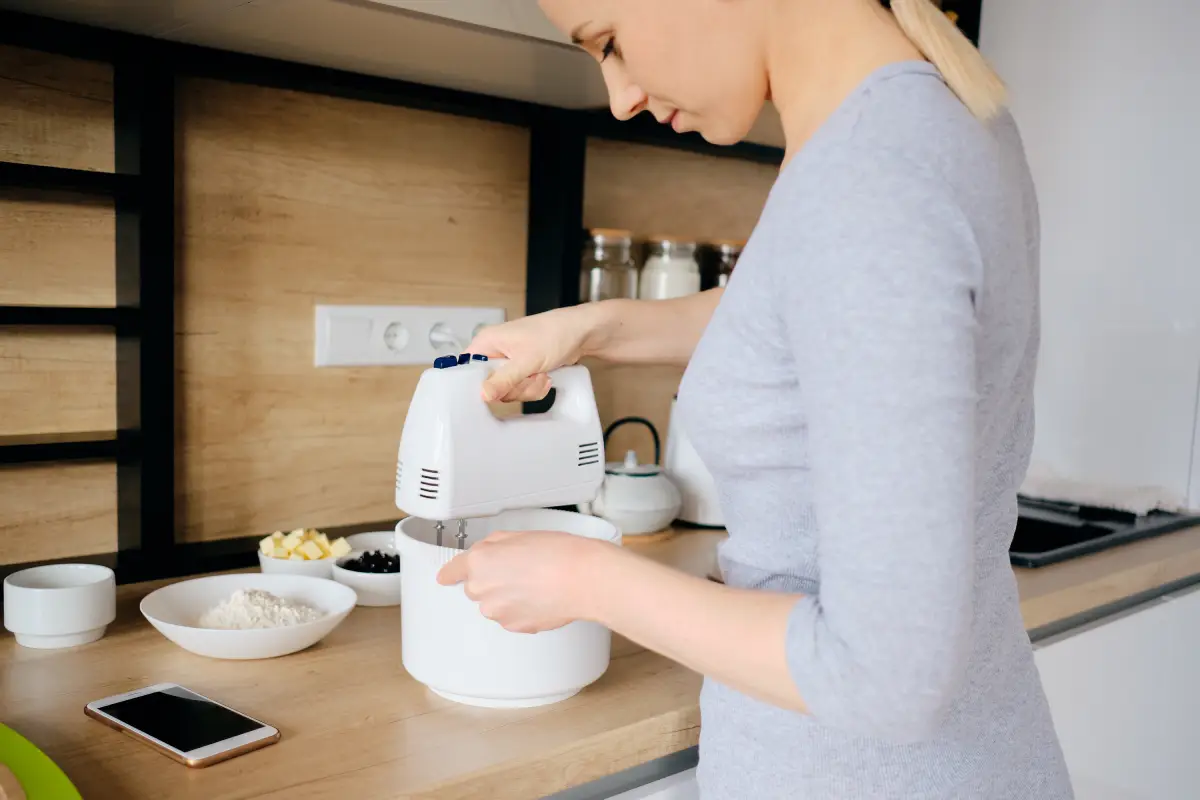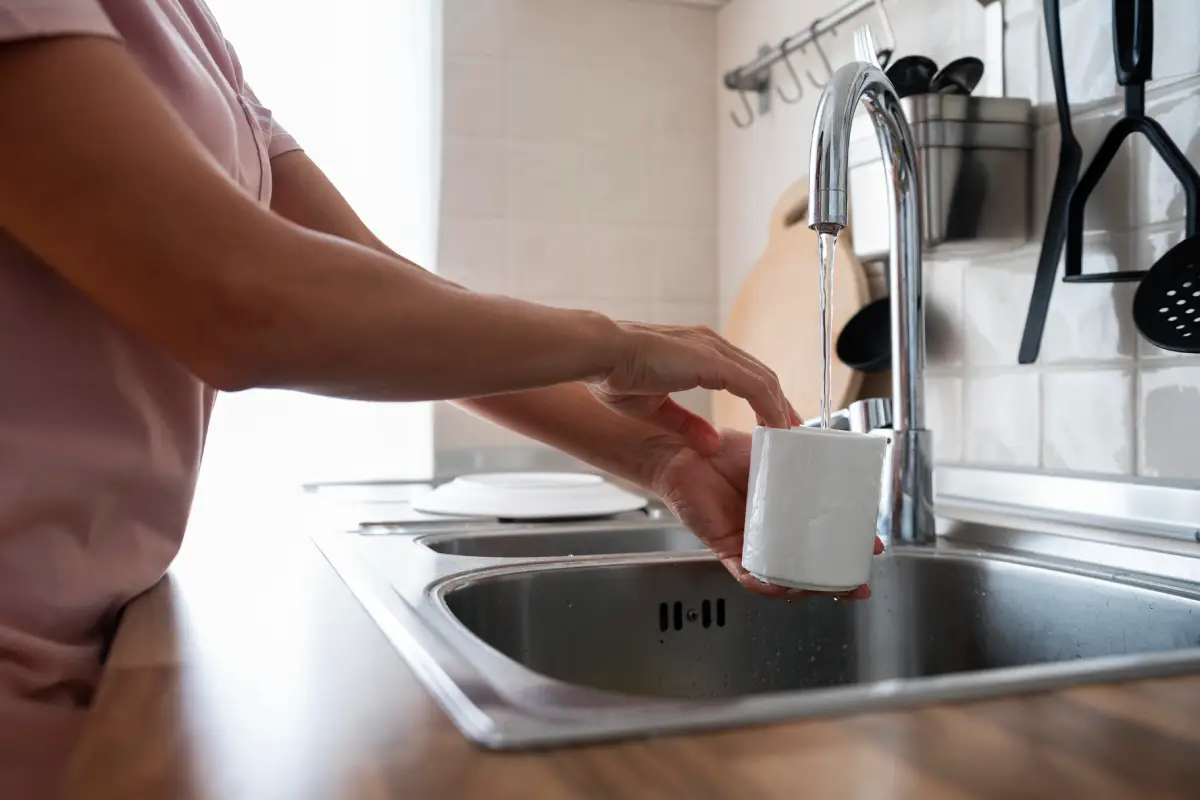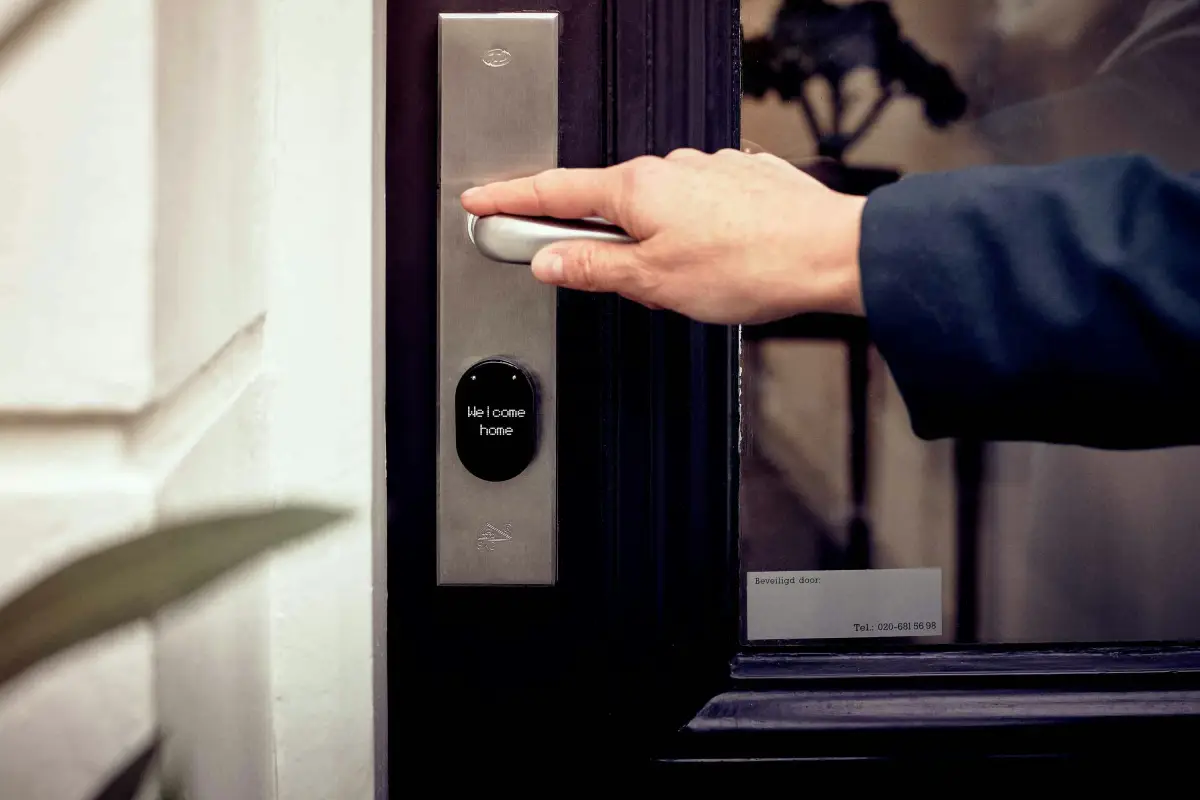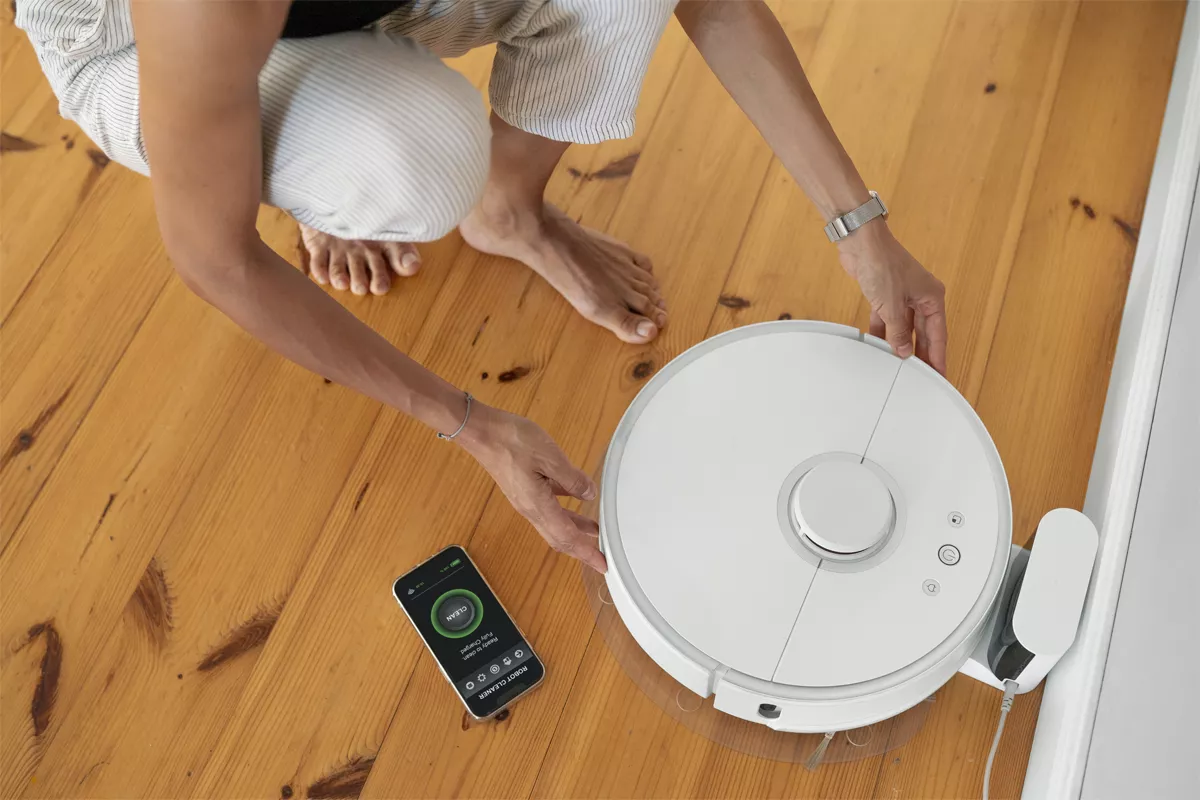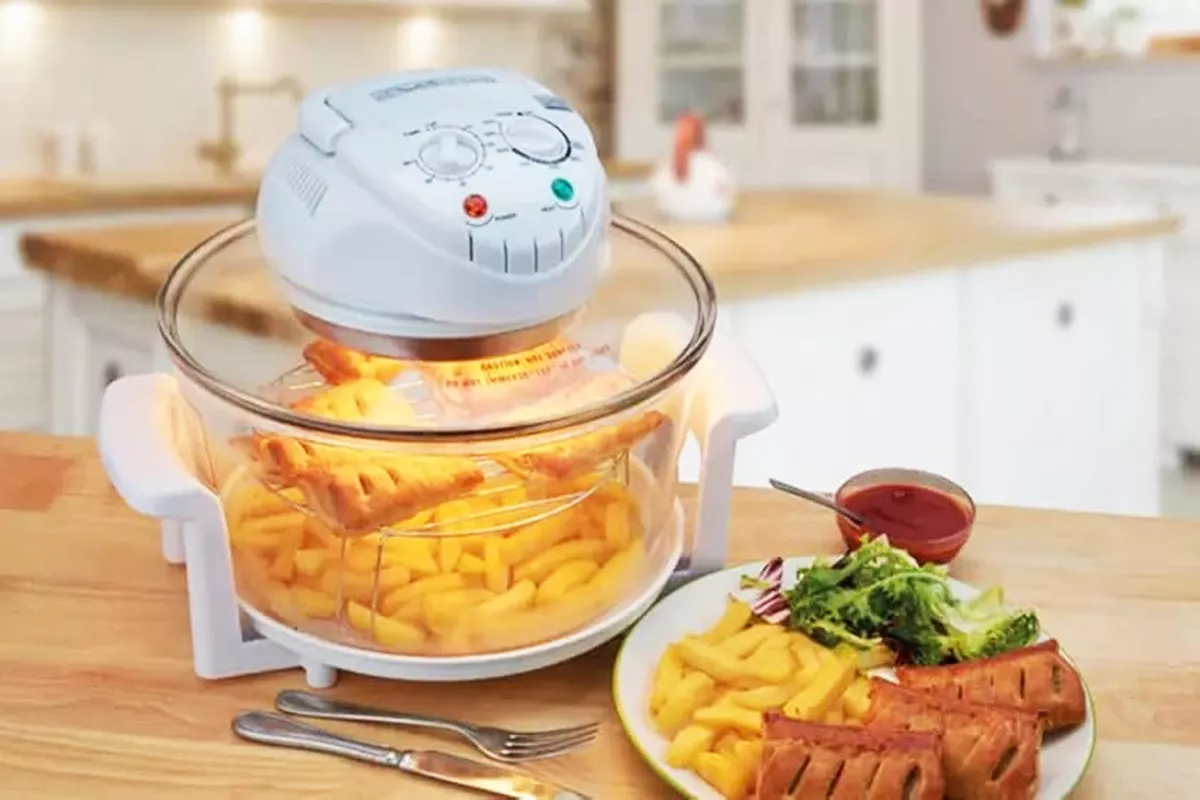Discover the rich coffee culture of the Philippines through the lens of its coffee makers. From traditional methods to modern innovations, the diverse landscape of coffee brewing reflects the country’s unique blend of tradition and progress. Explore the artistry behind each cup, as local craftsmanship intertwines with the global passion for a perfect brew. In this exploration, we delve into the heart of Filipino coffee-making, where every sip tells a story of heritage and a commitment to excellence.
Indulge in the aromatic journey of Coffee Makers in the Philippines, where the rich blend of tradition and modernity fuels the passion for a perfect cup. In this comprehensive guide, we unfold the nuances of brewing excellence, exploring various types, technologies, and the cultural significance of coffee in the Philippines.
Table of Contents
ToggleHistory of Coffee Makers in the Philippines
With its aromatic allure, coffee has woven itself into the cultural fabric of the Philippines. As we delve into the history of coffee makers in the Philippines, we unravel a narrative that intertwines tradition and innovation. Join us on this aromatic journey through time.
Brewing Beginnings
History of Coffee Makers in the Philippines
Embark on a voyage back in time to discover how the Filipino coffee culture began. From ancient brewing methods to the introduction of coffee beans by Spanish colonizers, the roots of Filipino coffee-making run deep.
Traditional Filipino Brews
Savoring the Past: Traditional Coffee Making
Step into the realm of traditional Filipino coffee brewing. Learn about the meticulous preparation of barako coffee and the intricate rituals accompanying the brewing process. Experience the warmth and authenticity of a culture steeped in coffee traditions.
Colonial Influence and Modernization
Cultural Fusion: Spanish Influence on Coffee Making
Explore the impact of Spanish colonization on Filipino coffee culture. Witness the fusion of local flavors with foreign techniques, shaping the diverse landscape of coffee-making in the archipelago.
Evolution of Coffee Makers
Innovation Brewing: Modern Coffee Making in the Philippines
From the traditional palayok to state-of-the-art espresso machines, trace the evolution of coffee makers in the Philippines. Uncover how innovation has propelled Filipino coffee-making into the contemporary era.
Embracing Diversity
Regional Blends: Diverse Coffee-Making Practices
Journey through the various regions of the Philippines, each boasting unique coffee-making practices. From the highlands of Cordillera to the shores of Batangas, discover the diverse blends that make Filipino coffee exceptional.
Review of the Best Coffee Makers in the Philippines
1. Beko Espresso Coffee Machine CEG7304X
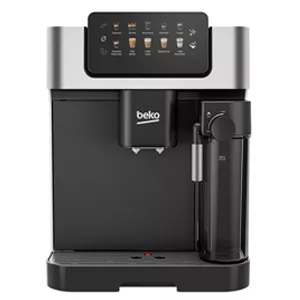
The Beko Espresso Coffee Machine CEG7304X stands out as a reliable option for coffee enthusiasts. Its sleek design and user-friendly interface make it a noteworthy addition to any kitchen.
Pros:
- Ensures a quick and efficient brewing process
- It has a modern and sleek design
- With an intuitive interface
- Easy to operate
- Easy-to-clean components
- Comes with customizable settings
Cons:
- Limited capacity
- Higher price range compared to other brands
2. Breville Barista Express Coffee Maker

Most Durable Coffee Maker
The Breville Barista Express stands out as a versatile semi-automatic espresso machine, blending manual and automatic controls for an ideal experience, especially for those new-to-home barista adventures. Renowned for crafting genuine espresso and velvety milk foam, it puts you in the driver’s seat of the brewing journey.
Pros:
- Affordable for beginners stepping into home barista realms
- User-friendly design for easy operation
- Crafted from BPA-free materials, ensuring safety
- Features a Thermocoil heating system, enhancing performance
Cons:
- The built-in grinder employs a stepped adjustment system
- Cleaning the integrated grinder is challenging
3. Gemilai CRM3609 Italian Style Coffee Machine Espresso Maker

The Gemilai CRM3609, an Italian-style coffee machine and espresso maker, boasts a 1.7L water tank and a 58mm single-layer portafilter, ensuring efficient coffee brewing.
Key Features:
- Large Water Capacity
- Employs a 15-bar Pressure Pumping System
- Stainless Steel Build with a Compact Design
4. Hanabishi Coffee Maker Original HCM 15XB
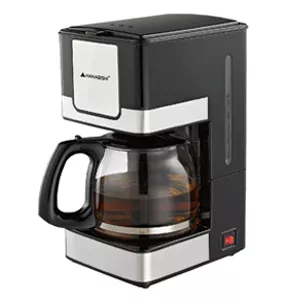
Shopee’s Choice
The Hanabishi Coffee Maker Original HCM 15XB stands out as a 4-6 cup coffee maker featuring an ergonomic design, a non-stick heating plate, and a cone-style permanent filter. For convenience, it includes an illuminated ON/OFF switch and a water level indicator. This coffee maker operates at 550W and is backed by a 1-year warranty.
Pros:
- LCD programming
- Cone-style permanent filter
- Removable coffee pot
- Water level indicator
Cons:
- No milk frother
- Limited capacity (4-6 cups)
5. HiBREW 20Bar Espresso Coffee Machine
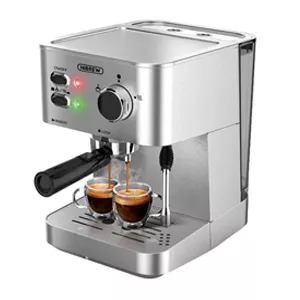
The HiBREW 20Bar espresso coffee machine, or H10A, is a semi-automatic espresso maker equipped with a 20-bar pressure pump and housed in a durable metal case. This versatile machine can prepare various hot and cold coffee drinks, such as espresso, cappuccino, and latte.
Pros:
- Temperature-adjustable 58mm portafilter
- Portability with the option to power it through a 12V adapter, AC adapter, or USB cable
- Fast and efficient operation
Cons:
- Some users reported higher temperatures
- Takes approximately 10 minutes to heat up
6. LAHOME Smart Fully Automatic Espresso Coffee Maker
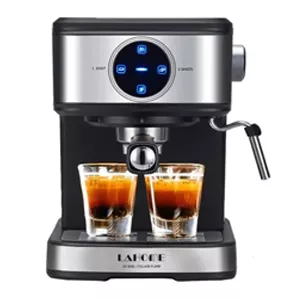
The LAHOME Smart Fully Automatic Espresso Coffee Maker is a versatile machine designed to elevate the coffee brewing experience. It boasts a 20-bar Italian pump for a rich crema and a milk frother steam wand, enabling the preparation of a variety of coffee beverages.
Key Features:
- Quick heating in under 25 seconds with a single touch
- Programmable coffee maker featuring two cup-size buttons
- User-friendly control panel
- Semi-automatic shut-off function
7. Nescafé Dolce Gusto Piccolo XS Coffee Machine PXS9781B
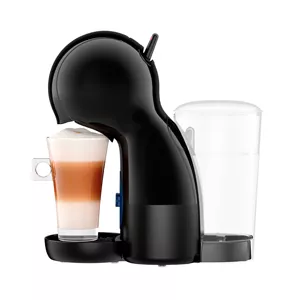
Best Single-Serve Coffee Maker
The Nescafé Dolce Gusto Piccolo XS Coffee Machine (PXS9781B) is a compact and efficient coffee maker designed for hassle-free professional-quality coffee at home, taking less than 30 seconds. Its powerful 15-bar pump ensures a thick velvety crema.
Key Features:
- High-performance 15-bar pump
- 0.8L water capacity
- Easy operation with a manual selection system
- Comes with a 7-year warranty
- Descale warning feature
- Removable drip tray
8. Petrus PE3180 Espresso Coffee Machine

Best Espresso Machine
The Petrus PE3180 Espresso Coffee Machine is a sleek and efficient appliance designed for coffee enthusiasts. With its user-friendly features, it promises to elevate your coffee experience.
Pros:
- Easy to Use
- Compact Design
- 15-Bar Pump
- Adjustable Cup Size
- Removable Drip Tray
- Energy-Efficient
Cons:
- Limited Capacity
- Manual Frothing
9. Simplus Coffee Maker

The Simplus Coffee Maker is a versatile and user-friendly appliance designed for brewing delicious coffee with ease. Its streamlined design and practical features make it a reliable choice for coffee enthusiasts.
Pros:
- Compact and space-saving design
- Intuitive one-touch controls
- Efficient heating system
- Removable and easy-to-clean components
- Budget-friendly
Cons:
- Limited brewing capacity
- Basic features
10. Smeg Drip Filter Coffee Machine

The Smeg Drip Filter Coffee Machine is a stylish and efficient coffee maker designed for drip brewing. It combines functionality with a sleek aesthetic, making it an attractive addition to any kitchen.
Pros:
- Elegant design
- User-friendly controls for easy operation
- Drip-stop feature
- Aroma intensity selector
- Large capacity
Cons:
- Relatively higher price point
- Limited brewing options compared to some competitors
11. Sonifer Double Drip Coffee Machine
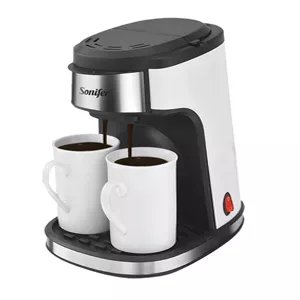
Most Affordable Coffee Maker
The Sonifer Double Drip Coffee Machine is a versatile appliance designed for coffee enthusiasts who appreciate the convenience of dual brewing options. With its double-drip functionality, it provides flexibility in preparing different coffee blends simultaneously.
Pros:
- Dual drip system
- Programmable timer
- Sleek design
- Large capacity
- Adjustable strength settings
Cons:
- Relatively larger footprint
- Advanced features may have a learning curve for some users
What are the different Types of Coffee Makers
In the vast world of coffee brewing, various types of coffee makers cater to diverse preferences and brewing styles. Let’s explore these coffee-making marvels, each offering a unique approach to extracting the perfect cup.
Drip Coffee Makers
Drip coffee makers, a household favorite, employ a straightforward method. Water drips through a filter containing coffee grounds, creating a mild and classic brew. Easy to use, they suit those seeking simplicity without compromising on taste.
Espresso Machines
For aficionados craving a concentrated and robust coffee experience, espresso machines are the go-to. They force hot water through the finely ground coffee, resulting in a potent shot of espresso – the base for various coffee delights.
French Press
The French press, or press pot, operates on immersion brewing. Coarse coffee grounds steep in hot water, and after a few minutes, a plunger separates the grounds, leaving you with a full-bodied and flavorful coffee.
Pour-Over Coffee Makers
Pour-over enthusiasts appreciate the hands-on approach. Hot water is poured gradually over coffee grounds in a controlled manner, allowing for precision in flavor extraction. This method often yields a clean and nuanced cup.
Single-Serve Pod Machines
Convenience meets variety with single-serve pod machines. These devices use pre-packaged coffee pods, ensuring consistency and eliminating the need for measuring. Ideal for those with a penchant for quick and fuss-free brewing.
Percolators
Vintage charm meets functionality in percolators. Water circulates through coffee grounds continuously, creating a distinctive and bold flavor. Perfect for those who appreciate a nostalgic touch to their coffee routine.
AeroPress
The AeroPress is a portable and versatile option. Coffee and water are mixed together before being pressed through a filter. This process allows for a quick and full-bodied cup, making it a favorite among on-the-go coffee enthusiasts.
Cold Brew Coffee Makers
As the name suggests, cold brew coffee makers specialize in brewing coffee with cold water over an extended period. The result is a smooth, low-acid coffee concentrate that can be diluted or enjoyed over ice.
Turkish Coffee Pot (Cezve)
Delve into centuries-old tradition with a Turkish coffee pot. Finely ground coffee, water, and sugar (optional) simmer together, producing a rich and unfiltered coffee experience. The grounds settle at the bottom, offering a unique texture.
How to choose the right Coffee Maker in the Philippines
Selecting the perfect coffee maker in the Philippines involves thoughtful consideration of your preferences and brewing habits. Here’s a comprehensive guide to help you navigate the diverse options and find the coffee maker that suits you best.
Know Your Brewing Style
Understand your preferred coffee style. Are you a fan of strong, concentrated brews like espresso, or do you prefer the milder flavors of drip coffee? Knowing your taste preferences will guide you toward the right type of coffee maker.
Consider Capacity
Evaluate how much coffee you typically consume. If you’re a solo coffee drinker, a smaller-capacity coffee maker may suffice. For households or avid coffee enthusiasts, opt for larger machines that can brew multiple cups at once.
Space Matters
Take stock of your kitchen space. If you have a compact kitchen, consider space-saving options like single-serve pod machines or slim drip coffee makers. Larger spaces may accommodate bulkier espresso machines or coffee makers with additional features.
Budget-Friendly Choices
Set a budget for your coffee maker. Fortunately, the market offers a wide range of options catering to various price points. Determine your budget and explore machines that align with both your financial constraints and brewing requirements.
Ease of Use
Evaluates the user-friendliness of the coffee maker. If you prefer hassle-free brewing, opt for machines with simple controls and easy-to-clean components. Advanced users may appreciate features like programmable settings and temperature control.
Explore Special Features
Some coffee makers come with additional features that enhance the brewing experience. Features like built-in grinders, customizable brew strength, and programmable timers can add convenience and flexibility to your daily coffee routine.
Maintenance and Cleaning
Consider the maintenance requirements of the coffee maker. Machines with removable parts or self-cleaning features make the upkeep easier. Regular cleaning is crucial for maintaining the quality of your brews and the longevity of the machine.
Read Reviews and Ratings
Take advantage of online resources by reading reviews from other coffee enthusiasts. Real-world experiences can provide valuable insights into the performance, durability, and overall satisfaction of different coffee makers.
Brand Reputation
Pay attention to the reputation of the brands available in the Philippines. Established brands often have a track record of producing reliable and durable coffee makers. Research the customer reviews and testimonials associated with specific brands.
How to Use and Operate the Coffee Maker
1. Read the Manual
Start by thoroughly reading the user manual that comes with your coffee maker. This document provides specific instructions and insights into the unique features of your machine. Familiarizing yourself with the manual sets the stage for successful brewing.
2. Gather Your Ingredients
Before diving into the brewing process, gather your coffee beans, water, and any additional ingredients like sugar or milk. Ensuring that everything is within reach streamlines the process.
3. Clean the Coffee Maker
A clean coffee maker contributes to the purity of your brew. Run a water-only cycle through the machine to flush out any residual coffee oils or mineral deposits. Clean all removable parts according to the manufacturer’s recommendations.
4. Add Water
Fill the water reservoir with clean, cold water. Be sure to use the recommended amount, which is usually indicated by markers on the reservoir or in the user manual. Using filtered water can enhance the taste of your coffee.
5. Measure Coffee Grounds
Measure the appropriate amount of coffee grounds based on your preferred strength and the machine’s capacity. Refer to the coffee-to-water ratio recommended in the user manual or experiment to find your perfect brew.
6. Load Coffee Grounds
Depending on your coffee maker type, load the coffee grounds into the designated filter or chamber. For single-serve pod machines, insert the coffee pod into the designated compartment.
7. Select Brewing Settings
If your coffee maker has adjustable settings like brew strength or cup size, configure them according to your preferences. Some machines also offer temperature control settings for a customized brewing experience.
8. Initiate Brewing Process
Press the start button or initiate the brewing process according to your coffee maker’s design. Some machines require manual activation, while others may feature programmable timers for automatic brewing.
9. Wait for Completion
Patiently wait for the brewing cycle to complete. Enjoy the anticipation as the aroma of freshly brewed coffee fills your space.
How to Clean and Maintain Your Coffee Maker
A clean and well-maintained coffee maker is the key to consistently enjoying delicious cups of coffee. Follow these step-by-step instructions to keep your coffee maker in pristine condition, ensuring optimal performance and longevity.
1. Read the User Manual
- Begin by consulting the user manual for specific cleaning instructions and maintenance recommendations. Different coffee makers may have unique requirements, so familiarize yourself with the manufacturer’s guidelines.
2. Daily Cleaning Routine
After each use, take the following steps for a quick daily clean.
- Discard used coffee grounds or pods.
- Rinse any removable parts such as filters, filter baskets, and carafes under warm water.
- Wipe down the exterior of the coffee maker with a damp cloth.
3. Weekly Deep Cleaning
Conduct a more thorough cleaning at least once a week to remove accumulated oils and mineral deposits.
- Prepare a solution of equal parts water and white vinegar.
- Pour the solution into the water reservoir.
- Run a brewing cycle without coffee grounds. This helps descale the internal components.
- After the cycle is complete, run a couple of cycles with plain water to eliminate any residual vinegar taste.
4. Clean the Carafe and Filters
- Remove coffee stains from the carafe by soaking it in a mixture of warm water and mild dish soap.
- For paper filters, dispose of used ones after each brew. If using a permanent filter, rinse it thoroughly after every use.
5. Descaling
If your coffee maker has a descaling indicator or if you notice a buildup of mineral deposits, follow these steps.
- Mix a solution of water and a descaling solution as per the manufacturer’s recommendations.
- Pour the solution into the water reservoir and run a descaling cycle.
- Flush the system with plain water afterward to remove any residue.
6. Exterior Cleaning
- Wipe down the exterior of the coffee maker with a damp cloth regularly to remove any dust or coffee splatters.
- Pay attention to control buttons, LCD screens, and other exposed surfaces.
7. Check and Clean the Grinder (If Applicable)
For coffee makers with built-in grinders.
- Consult the manual for specific grinder cleaning instructions.
- Regularly remove any coffee residues or oils that may accumulate in the grinder.
8. Inspect and Replace Parts
- Periodically check the condition of parts like filters, seals, and carafes. Replace any damaged or worn-out components promptly to maintain the machine’s efficiency.
9. Store Properly
- If you plan to store the coffee maker for an extended period, ensure it is clean and completely dry.
- Store the machine in a cool, dry place to prevent the growth of mold or mildew.
Personal Insights and Recommendations
In my experience with coffee makers, it’s crucial to consider your daily routine. As a coffee enthusiast myself, I found that a programmable timer ensures a fresh brew greets me every morning. Additionally, easy maintenance and durability matter for long-term satisfaction. When choosing a coffee maker, think about your lifestyle and prioritize features that align with your needs. This approach guarantees a seamless coffee experience that complements your day-to-day activities.
Frequently Ask Questions (FAQs)
What makes Filipino coffee unique?
Filipino coffee, particularly the Barako variety, is celebrated for its bold and robust flavor. The unique soil and climate contribute to its distinctive taste, making it a favorite among coffee enthusiasts.
Are there regional variations in Filipino coffee?
Absolutely. Different regions contribute diverse flavors to Filipino coffee. Luzon, Visayas, and Mindanao each have their coffee profiles, offering a delightful journey through the country’s coffee diversity.
Can I use local beans in international Coffee Makers?
Yes, you can! Filipino coffee beans adapt well to various brewing methods, ensuring a delightful experience for international Coffee Makers.
Are there any eco-friendly Coffee Makers in the Philippines?
Certainly. Embracing sustainability, some Filipino brands offer eco-friendly Coffee Makers, aligning with the global push towards environmentally conscious brewing.
How can I enhance the flavor of Filipino coffee at home?
Experiment with different brewing techniques, water-to-coffee ratios, and grind sizes. The key is to tailor the brewing process to your taste preferences, unlocking the full potential of Filipino coffee.
Can I use ground coffee instead of coffee pods?
Yes, most coffee makers offer options for both ground coffee and pods. Choose according to your preference.
What’s the ideal water-to-coffee ratio?
Generally, a ratio of one to two tablespoons of coffee per six ounces of water is a good starting point.
What’s the purpose of a charcoal filter?
Charcoal filters enhance water quality, removing impurities and contributing to better-tasting coffee.
How long does it take to brew a pot of coffee?
Brewing times vary, but on average, it takes about 5-10 minutes for a standard pot.
What’s the difference between drip and espresso machines?
Drip machines brew larger quantities, while espresso machines focus on concentrated, small servings.
Conclusion
As we conclude our journey through the captivating realm of Coffee Makers in the Philippines, the aromatic symphony continues. Embrace the diversity, savor the traditions, and craft your perfect cup – a testament to the flourishing coffee culture in this enchanting archipelago.
Written By
With a solid foundation in family dynamics, child development, and a knack for assessing products, our content is built on a strong grasp of our topics. We use trustworthy sources, seek advice from experts, and stay current with the latest happenings in our fields. We always give credit to our sources, reveal any possible conflicts of interest, and deliver info in a truthful and unbiased way. Follow us on Facebook or join our Facebook Group.
Start your journey to confident parenting
Join over 2,000+ parents who receive free practical advice and tips from Joyful PH. Unsubscribe anytime.
You may also like
11 Best Stand Mixers in the Philippines
Choosing the right stand mixer can transform your baking routine, from whipping…
11 Best Water Purifiers in the Philippines
Accessing truly clean drinking water is a critical need in the Philippines.…
11 Best Smart Door Locks in the Philippines
Discover the 11 best smart door locks available in the Philippines today,…
11 Best Food Processors in the Philippines
Discover the top food processors available in the Philippines—versatile…
11 Best Robot Vacuum Cleaners in the Philippines
Looking to simplify your cleaning routine? Robot vacuum cleaners have become…
11 Best Turbo Broilers in the Philippines
Turbo broilers have become a kitchen staple in many Filipino homes, offering a…



